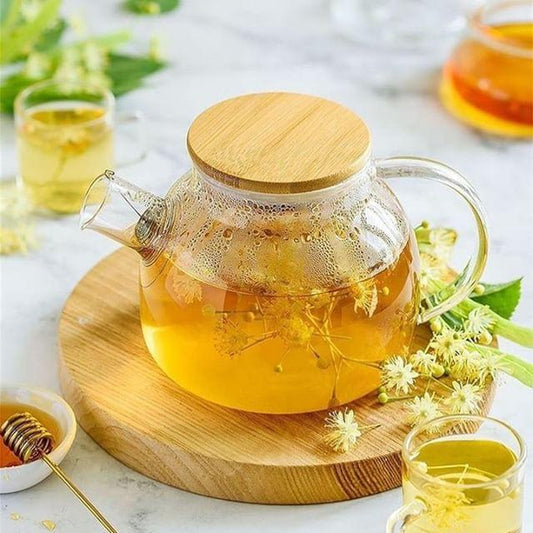Best Practices for Handling Tableware

Tableware, comprising utensils, dishes, and glassware, plays a crucial role in both everyday meals and special occasions. Proper handling ensures not only the longevity of these items but also promotes hygiene and aesthetics. Here are some best practices for handling tableware effectively:
1. Cleaning and Sanitizing
- Handwashing: For delicate items like fine china, crystal glasses, and silverware, handwashing is preferred. Use a mild detergent and lukewarm water. Avoid abrasive sponges which can scratch surfaces.
- Dishwasher Use: When using a dishwasher, ensure that items are dishwasher-safe. Load the dishwasher carefully to avoid chipping or breaking. Use a gentle cycle for fragile items.
- Sanitizing: After cleaning, sanitize tableware using a solution of one tablespoon of bleach per gallon of water. Allow items to air dry completely.
2. Storing Tableware
- Utensils: Store utensils in a clean, dry drawer or a utensil holder. Separate knives from other utensils to prevent dulling and accidental cuts.
- Dishes: Stack plates with a soft cloth or paper towel between each to prevent scratching. Store dishes in a dry, cool place.
- Glassware: Store glasses upright to avoid dust accumulation. Ensure they are completely dry to prevent water spots and mold growth.
3. Handling During Meals
- Setting the Table: Handle tableware by the base or edges to avoid fingerprints and smudges. Use a clean cloth to polish items before setting them on the table.
- Serving Food: Use serving utensils instead of personal cutlery to maintain hygiene. Avoid overloading plates to prevent spills and accidents.
4. Special Care for Specific Materials
- Silverware: Polish silverware regularly to maintain its shine. Avoid contact with acidic foods which can tarnish the surface.
- Wooden Utensils: Wash wooden utensils immediately after use and dry them thoroughly. Periodically treat them with food-safe mineral oil to prevent drying and cracking.
- Non-stick Cookware: Use plastic or wooden utensils to avoid scratching the non-stick surface. Avoid overheating as it can damage the coating.
5. Safety Precautions
- Handling Knives: Always hold knives by the handle, never by the blade. Use a knife block or magnetic strip for storage to keep blades sharp and accessible.
- Avoiding Breakage: Handle fragile items like glassware and china with care. Avoid sudden temperature changes, such as placing hot items in cold water, as this can cause them to crack.
6. Environmental Considerations
- Sustainable Choices: Opt for tableware made from sustainable materials like bamboo or recycled glass. Avoid single-use plastics to reduce environmental impact.
- Eco-friendly Cleaning: Use biodegradable detergents and avoid excessive use of water when cleaning tableware.
Conclusion
Proper handling of tableware not only ensures its durability but also enhances the dining experience. By following these best practices, you can maintain the cleanliness, hygiene, and aesthetics of your tableware, making every meal a pleasant and memorable occasion.
Share:





